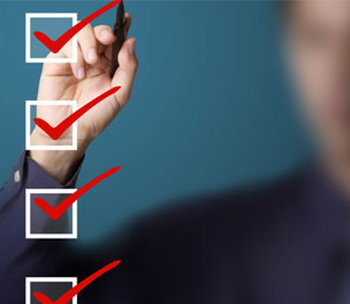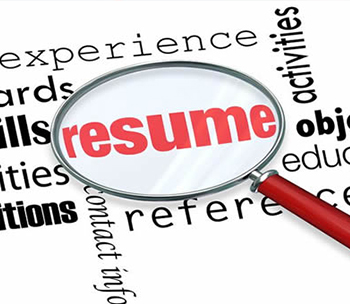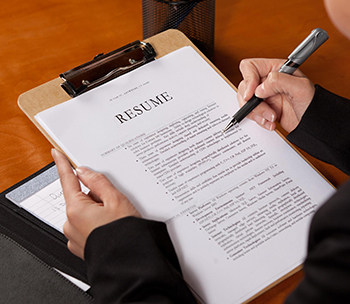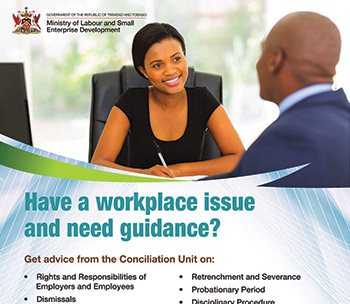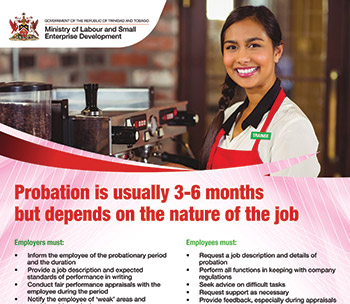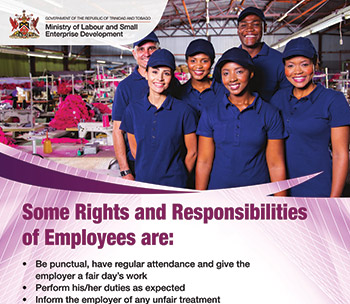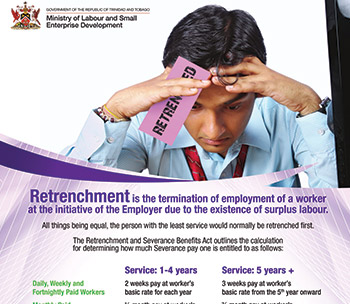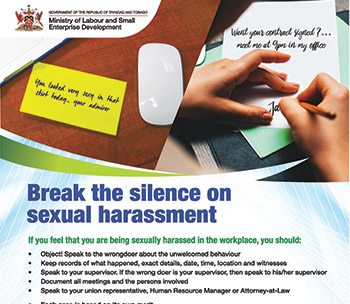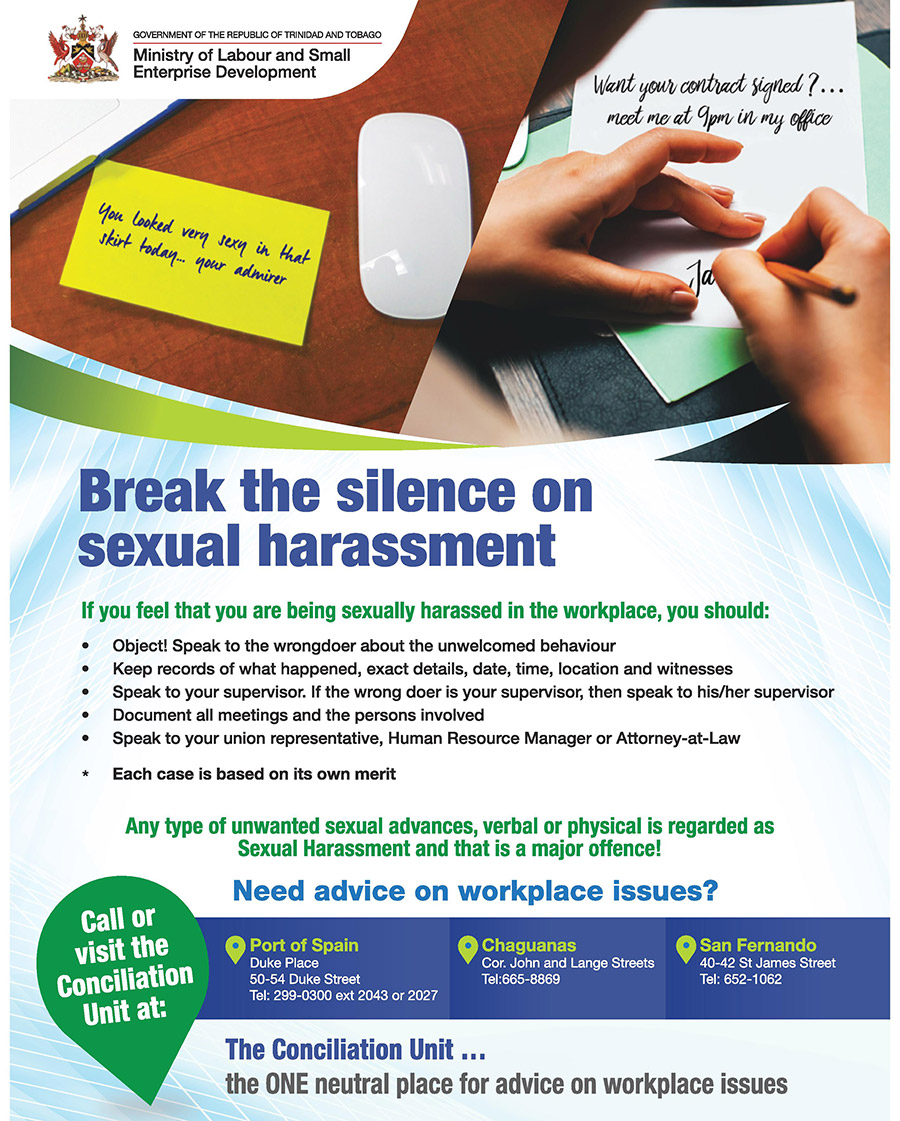
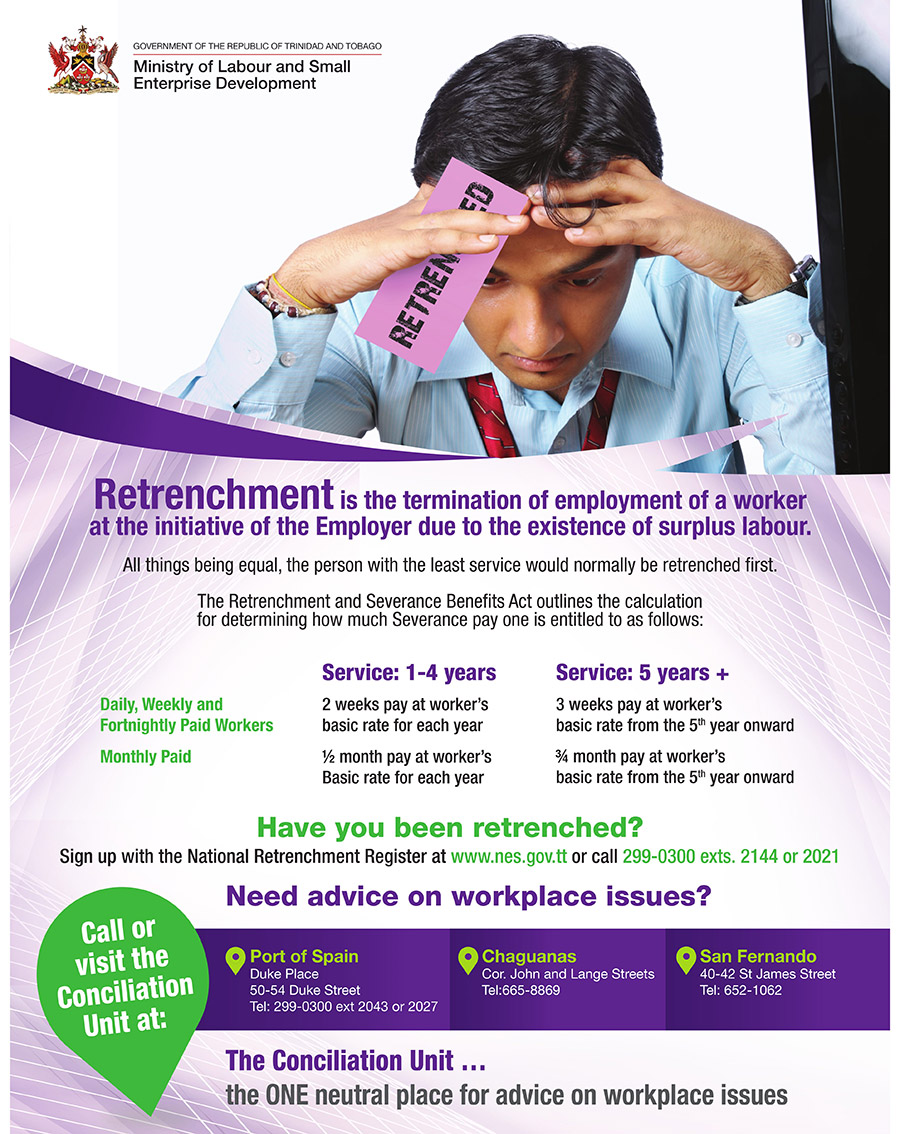
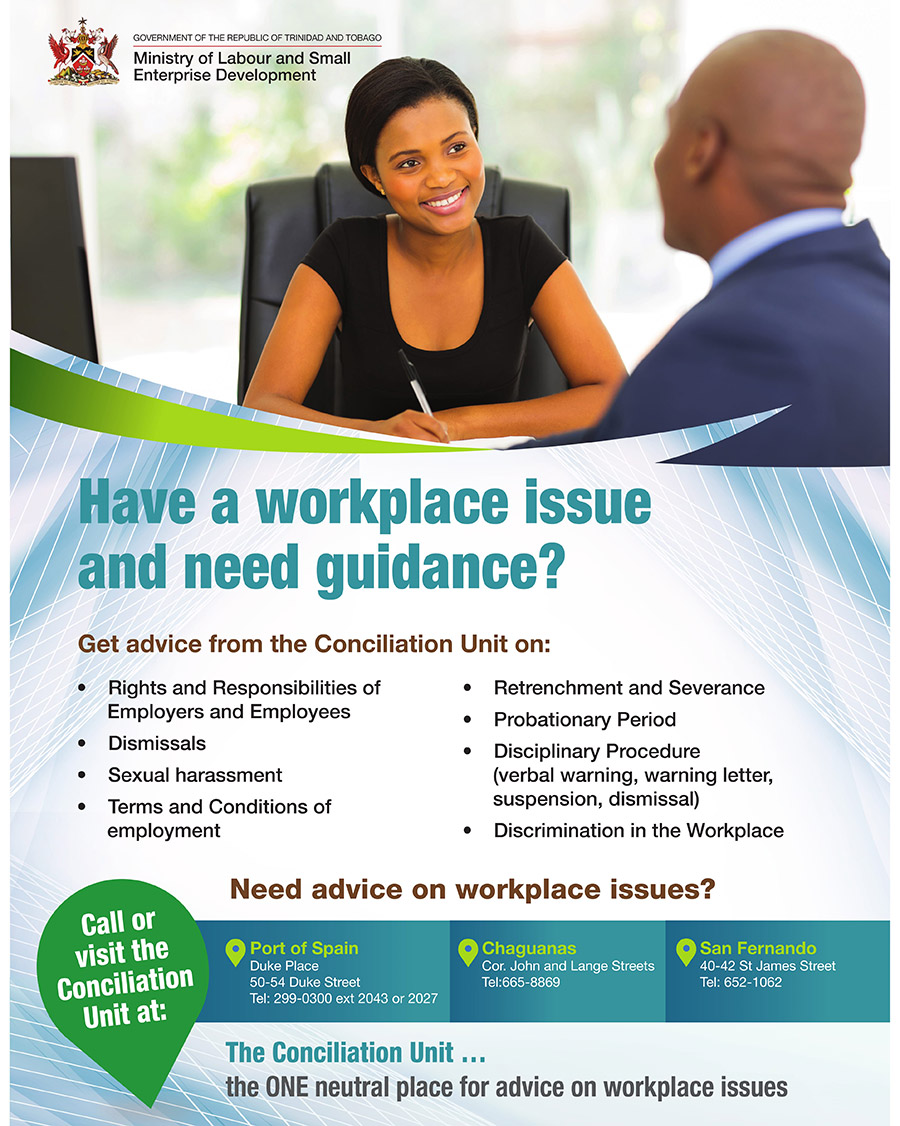
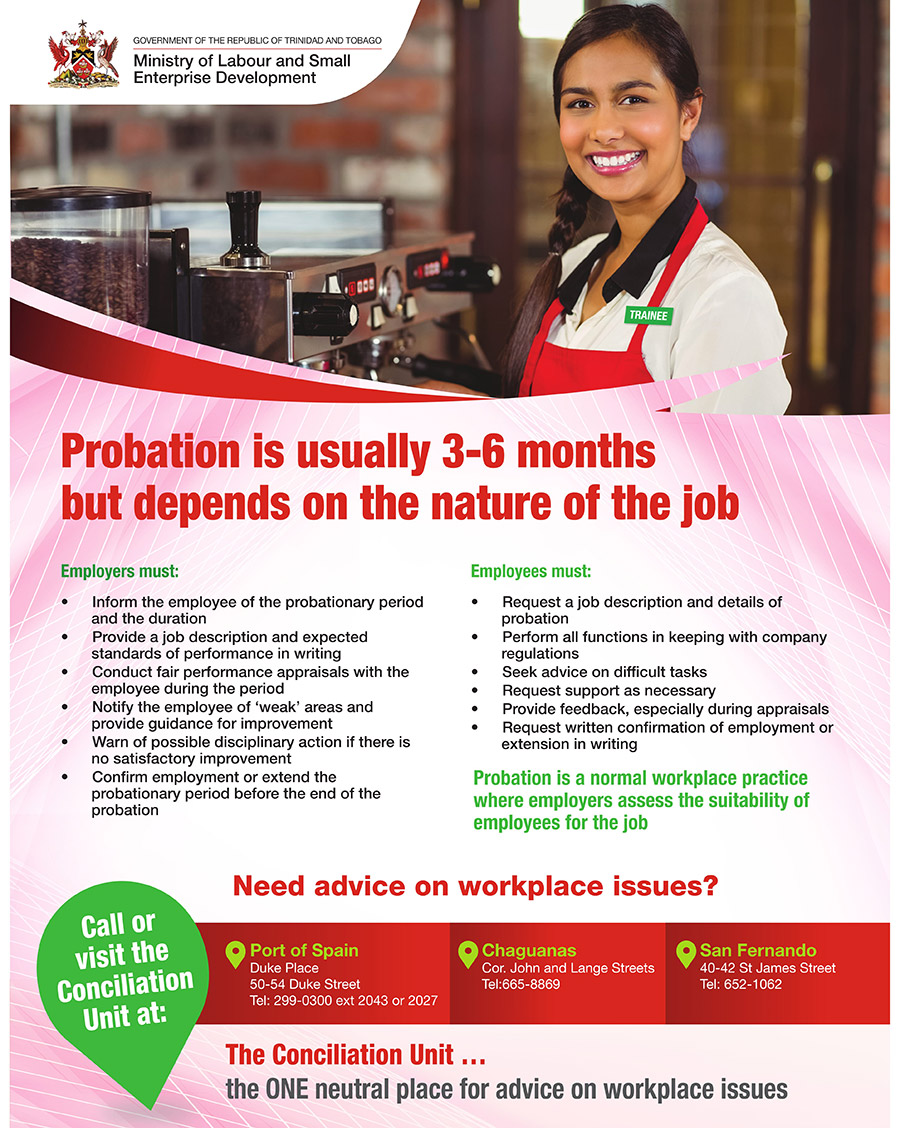
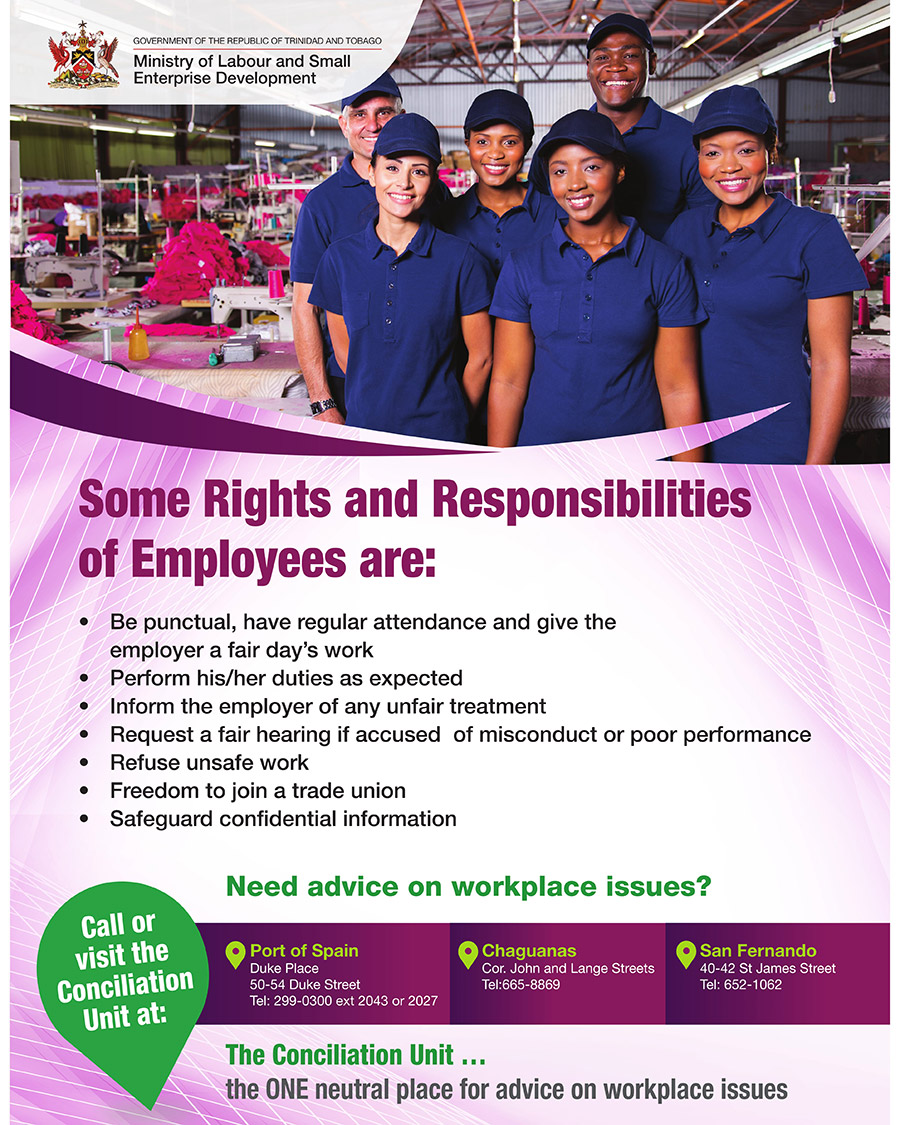
The term "career management" is a bit abstract for some people. It sounds like this fluffy, indefinable concept that doesn't really mean a whole lot. In reality, career management is a very significant and specific process that, when done properly, helps to ensure long-term career success.
In order to get the most out of your career, you have to put some effort into caring for it. Left to its own devices, your career may end up wildly off course. Without a structured career management plan, you'll quickly find yourself doing what's easy or convenient or what others want you to do. You may discover that your future goals don't align with your present-day actions. And, before you know it, your career will be managing you.

Participating in a structured career management process demonstrates the important role that career plays in your life as a whole. For most people, your career can provide you with the means to achieve a great number of other personal goals, like buying a house or starting a family or traveling the world. Work also occupies a huge portion of our time spent on this planet, so managing your career is clearly a worthwhile investment of energy.
You have received an invitation to interview for a new job: congratulations!
If you're going to impress at interview, you need to prepare thoroughly. This page sets out what to do to prepare, some pointers about how to behave and react in the interview and what you might expect at an interview.
The most important thing to remember about any interview is that it is a two-way process. It is as much about you finding out whether you want to work for the company as them finding out whether they want you. This means it is important to present yourself as you really are, not pretend to be something you're not.
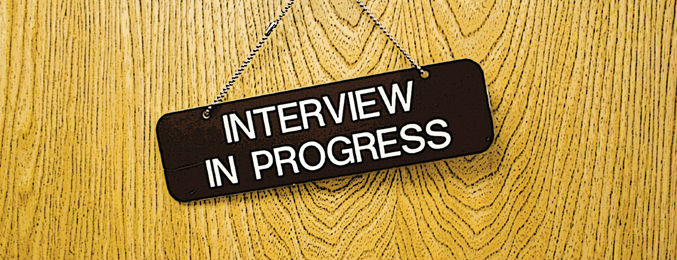
1. Research the Organisation
Find out as much as you can about the company.
Look at their website, and any information that they have sent you, and see if you can find their mission, objectives, any value statements and the like. It's helpful to be familiar with the organisation's guiding principles. Also try to find out how the job that you have applied for fits into the organisation.
Make a list of the questions about the organisation, ideally around work, such as the team you will be working with, or the work that you will be doing on a daily basis. It's OK to ask about the on-site gym and the holiday allowance, but don't sound as if you're only interested in getting away from work!
It's probably not a great idea to ask whether you'll be able to work part-time at this stage. Either you should already have done that before applying, or you need to be prepared to work the hours stated.
2. About you
You need to sit down with the job specification and your application, and develop some new examples of how you meet at least a few of the requirements. It is fine to talk about the examples on your application form or CV/covering letter, but it's useful to have a few new ones too. Describe the situation in one sentence or less, and focus on your actions, the results that you achieved, and how you knew you were successful.
It's also helpful to prepare answers for some of the standard icebreakers, such as 'Tell me a bit about your current job', or 'Tell me why you've applied for this job'. Your answers should focus on your skills, and how you can use them in the new job, again based around the person specification. Don't learn them off by heart, but have a good idea of what you want to say.
Tests and Presentations
Some interviews require you to make a short presentation, or to take a test. The details will always be included in the letter inviting you to interview, so you'll have time to prepare. If you've been asked to make a presentation, don't assume that there will be PowerPoint, or that you'll be standing in front of a group.
You may be invited to bring a handout. It's worth spending a bit of time making a one-page handout that fully summarises your presentation, whether it's a mind-map, a picture of some sort, or your five key take-home messages. Think about what you want them to remember from your presentation, and make sure that's clear from your handout.
Attending the Interview
Some General Dos and Don'ts
Do:
Don't:
How Many Interviewers?
The letter inviting you to interview will probably state who will be interviewing you. It's often three to five people, because that removes any individual bias, so don't be surprised to walk in and find a roomful of people. One will probably take the lead, and explain who will be asking questions as well as the role of the others.
When you're asked a question, reply to the person who asked the question. The others may intervene, either during or after your answer, in which case you'll also need to reply to the intervention. Again, reply to that person and not to the group generally.
Presentations
If you've been invited to give a presentation, you will probably be asked to give it immediately after introductions. If there's a time limit for your presentation then keep to it. If you can't see the clock in the room, then put your watch on the table in front of you, to make sure that you're keeping to time. If you're running short, cut your presentation and move to the conclusion.
Types of Questions
Interviewers often like to start with an easy 'ice-breaker' question, such as "What do you do in your current job?" or "Tell us why you applied for this job?" If you've done your preparation, you'll be ready for this.
Modern interviews tend to be 'competence-based', which means that they focus on your skills, and how you can demonstrate them.
So questions will often be in the form of:
If you don't have much work experience, don't worry. Be prepared to say "Well, I haven't actually had to do that yet, but this is what I would do in the situation". If you're being interviewed for a job where you don't have much experience in the field, the interviewers will usually try to help by giving you hypothetical questions and asking you how you would approach a problem. They know you don't have much experience, but they're trying to give you a chance to show that you can do the job.
The interviewers are not trying to trip you up as a general rule so, if you get a question that you don't understand, just say so and ask them to expand a bit.
There are still interviewers around who believe in the benefits of asking 'off the wall' questions like 'If you were a car, what type would you be?' and 'What are your best and worst traits?' Just humour them! Have a fairly bland and generic reply prepared such as 'Well, I'm not sure what type of animal/car/bird/whatever I'd be, but I do know that I set myself high standards and am not happy unless I'm working hard!"
At The End
At the end of the interview, you will probably be asked if you have any questions.
It is usually a good idea to ask a few questions about the organisation or role at this point. However, if you really don't have any questions, perhaps because you spoke to someone from the organisation before the interview and they have answered all your questions, then it's fine to say so. Do explain that it's because you spoke to [name] and they were able to answer all your questions ahead of time.
It's also acceptable to ask when the organisation will expect to let people know the outcome of their application.
It may also be worth asking if there is anything that they feel that you didn't address as well as you could have done, or that wasn't entirely clear. It gives you a second chance if you were a bit nervous and didn't answer as well as you could have done early on.
And Finally...
Before you leave, thank the interview panel for the chance to attend the interview and say that it was nice to meet them. Smile, gain eye contact and shake hands if appropriate. Always leave a good final impression.
You will find out in due course if you were successful. If you were not then it can be a good idea to ask for feedback. You may gain some useful tips and advice to improve your chances at your next interview.
Do you know how to make your case to an interviewer? Follow these 10 interview tips to boost your chances of landing the job.
Even the smartest and most qualified job seekers need to prepare for job interviews. Why, you ask? Interviewing is a learned skill, and there are no second chances to make a great first impression. So study these 10 strategies to improve your interview skills.
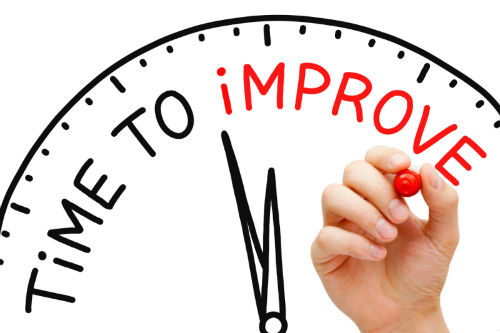
Below is a resume critique checklist designed to help you develop a new resume or ensure that your existing resume is designed correctly - and effectively engaging the reader.
First Impression
Appearance
Resume Sections
Career Goal
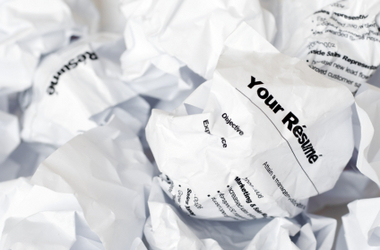
Accomplishments
Relevance
Writing Style
Your resume is a marketing tool. It needs to demonstrate:
How Long Should My Resume Be?
There is no set length for a resume. A resume varies in length depending on your experience and education. If you haven't worked much before, one or two pages is best, but three pages is okay if you've got a lot of study and work behind you.
Make sure you don't pad out your resume. If your resume is only one page, as long as it's well-presented it might get better results than a two-page resume full of unnecessary information.
How Should I Order My Resume?
Generally it's always good to present the information on your resume in this order:

Not everything in this list must appear on your resume every time, and the order can change from application to application.
The most important thing is to get the most useful information across first. For example, if your education history is not specifically related to the job, put it toward the end of your resume, behind the information that is related to the job.
Do I Need to Change My Resume for Each Application?
You need to tailor your resume to every job application so that it responds to the specific requirements of the job you're applying for.
You might not need to change much, but you do need to make sure your opening statement, your key skills and your personal attributes all respond to the needs of the role, based on the job ad (if there was one) and the research you've done into the job.
You should also tailor your resume to show how your work experience specifically meets the needs of the job you're applying for.
How to Tailor Your Resume
Ways that you can tailor your resume include:
Contact Details
Make sure you include your name, email address and a contact phone number on your resume. You don't have to include your home address, although there might be some situations when doing so would be a good idea.
Don't include your contact details in the header of your resume. Recruitment software sometimes has difficulty reading information in headers or footers, so it's a good idea to avoid headers altogether.
You can put your contact details in the footer of your resume, but if you do, you must make sure they're also in the main body of the document.
Opening Statement
An opening statement is a summary of who you are, where you've studied and/or worked, and what you bring to the job. It should be about six lines long and written in first person without the personal reference (i.e., don't say "I did this" - say "Did this" instead).
Your opening statement should start with one sentence about who you are and what you bring to the job, then describe the skills and attributes you have that suit you to the job.
Key Skills & Strengths
Your resume should include a list of between 10 and 15 skills that link your experience to the job you're applying for.
If the job you're applying for was advertised, either the ad or the position description may provide a list of skills and experiences that are essential for doing the job. It may also provide a list of "desirable" skills and experience. Your list of key skills & strengths needs to respond to all of the items on the "essential" list and as many items as possible on the "desirable" list.
When putting together this list, think of things you've done or learned to do as part of:
Technical/Software Skills
This is a short list of the names of software or technology you know how to use. Examples might include:
Personal Attributes
If you haven't got much work experience, a list of personal attributes can be another way to demonstrate that you're the right person for the job.
Things you could include in this section might include ways you can demonstrate that you are reliable, honest, trustworthy or quick to learn new things.
You can include between three to five personal attributes, but make sure you don't include them instead of your key skills.
Educational History

Your Educational History only needs to show your highest level of education. You don't need to include your results, unless showing them proves how well you're suited to the job.
If you can, you should also include a few bullet points listing your academic achievements (e.g., school or class captaincies, awards you've won, or groups you've been part of).
Employment History
When providing your employment history, start with your most recent job and go backwards from there. Give the position title and the dates you worked there.
If you haven't had a job before, you can use other things to demonstrate your experience, including:
For each job provide a list of the things that you achieved while in that job, and the significant contributions you made to the organisation. Make sure that these achievements and contributions match the key skills and strengths listed earlier on your resume.
References/Referees
Your resume should list two people who can positively recommend you as an employee. Ideally your references will be people that you have worked with before. Provide their name, their position title, and a way that they can be contacted.
Testimonials
A testimonial is another good way to prove that your skill and experience is what the employer is looking for.
Getting a testimonial can be as easy as asking a colleague, teacher or previous employer to write a couple of sentences about you. Ideally the people you get testimonials from should also be included in your references.
You can include any testimonials you get as part of your educational history or your employment/volunteering/work placement history.
Usually it's enough to include one or two testimonials in your resume. Any more than two is probably too many.
Keywords
A lot of recruitment agencies use software that scans applications for key words and phrases. Applications that don't use the right keywords tend to be automatically rejected.
Key words and phrases that this software looks for can include the names of:
To make sure your resume has the right key words and phrases, check out the job ad and make a list of the words and phrases it uses. If you don't have a written job ad to refer to, you can use a job search engine to find other ads for similar jobs and see what kind of keywords those ads use.
Once you have a list to work from, start adding those words and phrases to your resume. Good places to add keywords include:
What NOT to Put On Your Resume
Here are a few things not to include on your resume. Note that there may be circumstances when including some of the following information shows that you're a good fit for the job. If that's the case, including that information would be a good idea.
Personal Information
You don't have to provide any personal information on your resume. There's no benefit to be gained from providing information that could be used to generalise about you as a potential employee.
Your resume doesn't have to include:
A possible exception to this might be when providing this information would give your application an advantage (e.g., if the employer is looking for someone young, or a female applicant). In these situations, consider including such information if you think it would strengthen your application.
Typos or Factual Errors
Submitting a resume or cover letter with spelling mistakes will guarantee you don't get an interview. You should spell-check your resume before you send it, but you should also get someone else to read it as well and check for mistakes you might have missed.
Double-check everything that you include in your resume. If you mention the company's name, make sure you get it right. If you mention the name of places you've worked before, make sure you get that right. Mistakes on resumes are worse than typos.
Images and Graphics
Don't include images or photos on your resume. Not only are images disliked by recruiters and HR professionals, they can also create problems with recruitment software.
Content in Headers
Many resumes only feature the applicant's name and contact details in the header of the document. Some recruitment software is unable to read information in headers and footers. If you do include information in the header and footer of your resume, make sure you include it in the body of the document too.
Fancy Formatting
Stick to easy-to-read fonts and formats. This makes it easier for recruiters to review your resume. It also means any recruitment software that reviews your resume can easily read the information. Good fonts to use include:
Information in Tables
Some resume templates present information in tables to help with layout, but some recruitment software is unable to read tables. Your resume should only be formatted using line breaks and simple formatting (like setting multiple columns across the page).
PDF Versions of Your Resume
Some recruitment software can't read pdfs. Unless a job ad specifically says to provide your resume as a .pdf, you should always only submit your resume in word format (.doc or .docx).
Reviewing Your Resume
Having someone else review your resume is extremely important. Make sure you use someone who will actually tell you if they think something isn't right. People you could ask include:




